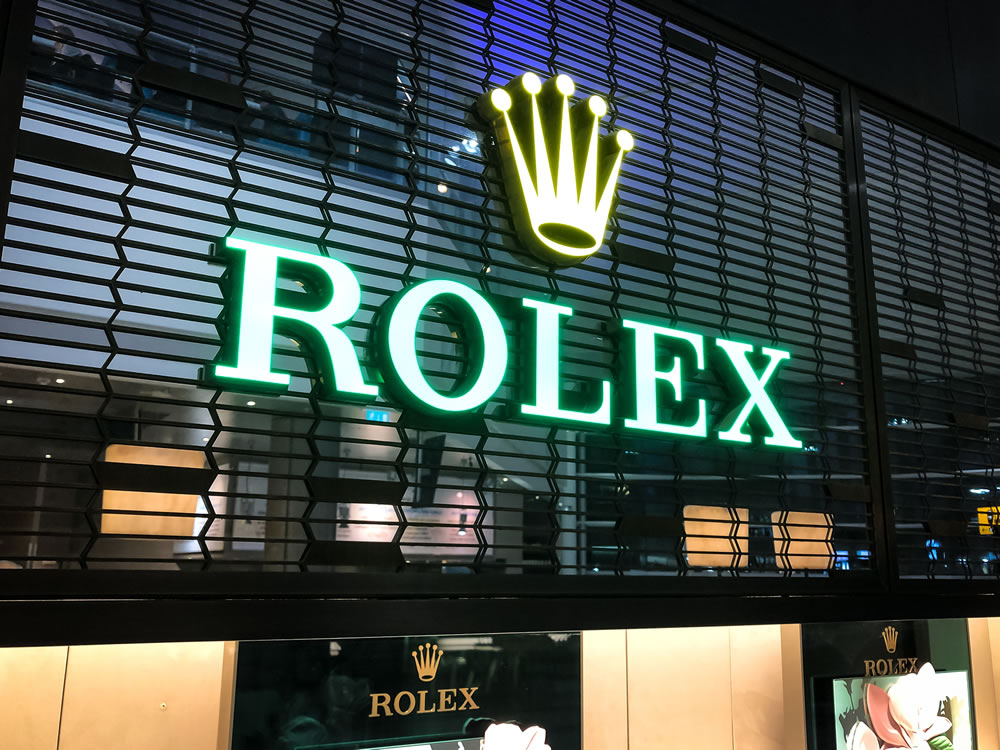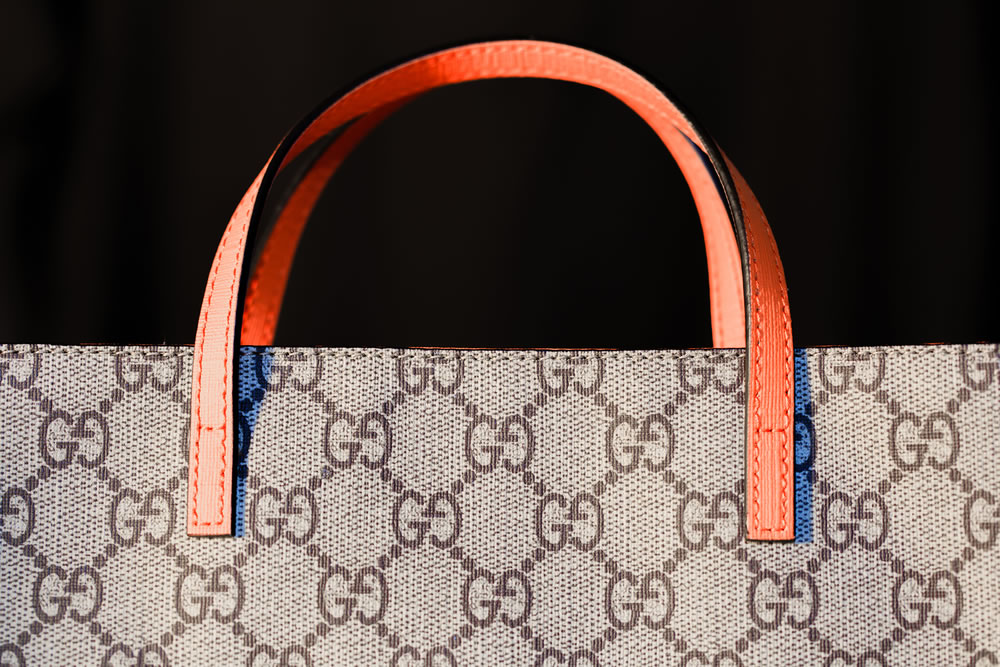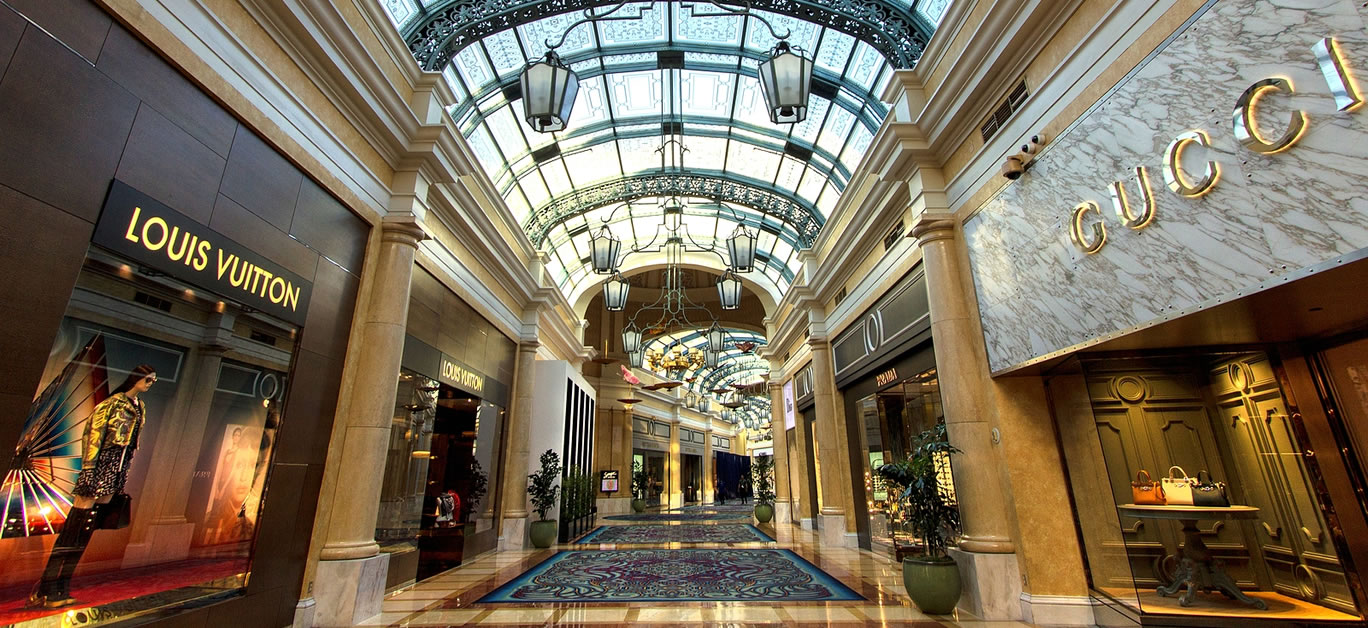The luxury goods industry is worth a whopping $380 billion globally, attracting an affluent customer base who are only too happy to invest in the latest status symbol – from the new-season capsule wardrobe by Chanel to the most recent Max Mara fashion must-have. But since the emergence of the Covid-19 pandemic in early 2020, things have taken an unexpected turn.
Sales plummeted in the first half of 2020, which most will agree was to be expected. Almost every sector has suffered at the hands of the ongoing crisis, and even the luxury industry isn’t immune to such wide-spread impact on our work, our ways of shopping, and our entire way of life.
Although the luxury market reported some improvements in the lead-up to Christmas, with high-end holidays and opulent evenings out at the champagne bar still limited throughout December and, for the time-being, now completely off the cards once again, there is still a huge amount of uncertainty for luxury fashion brands. But, the industry has actually weathered the storm surprisingly well when compared with most others, with an affluent and high-net customer base keeping them afloat.
In 2021, we could soon be seeing them thrive more than ever – but with the changes catalysed by the pandemic likely to continue long into the future, including an increased demand for designer items online rather than in store and a greater interest from consumers in where and how their goods are made, could this be the beginning of a new era?

A new definition for luxury
It’s not just our daily way of lives that have changed over the past year, and slowly but surely, the definition of the term ‘luxury’ has been undergoing something of a beneath-the-surface transformation. This fundamental shift has come with an increased awareness amongst customers of the environment and their impact upon it, as well as greater social awareness – and many brands are having to pivot and reassess their processes to ensure that they remain aligned with their client base’s current needs and wants.
While ‘luxury’ shopping once meant heading to your favourite boutique for a personal shopping experience and being showered with attention, customers are increasingly preferring to shop online. This has certainly been accelerated by the Covid-19 pandemic, but the shift had already begun long beforehand. These days, convenience is king – and the desire for a five-star digital experience has meant that luxury brands have had to upgrade their online offerings to accommodate this.
For the original, high-net customer base these brands rely on, retaining quality in the midst of change will be essential. It’s something that, in their eyes, simply cannot be compromised – and it is this continued level of expectation that will ensure it never loses its original meaning, no matter how much elements of it might evolve to suit the current climate and an increasingly forward-thinking world.

Market growth in 2021 and beyond
Over the next twelve months, we can expect to see the luxury goods industry bouncing back, with an estimated 10 – 19 percent growth on the cards, depending on macroeconomic conditions throughout the year, the evolution of the Covid-19 pandemic and customer confidence.
By 2022, we will likely see the global luxury goods market reach upwards of $428 million – and from 2023, the market is expected to surge, having fully recovered from the impact of the panic and having had time to adapt to the new set of customer demands that will have slowly but surely transformed it for the long-haul.
Whatever the future holds further ahead, there’s one thing we know for certain: luxury, however it evolves, will always have a place in our society – and, if the leading luxury brands can keep up with the latest demands from customers, then the future looks bright. With almost every industry out there suffering in 2020, 2021 could well bring the recovery we’ve all been waiting for.






















